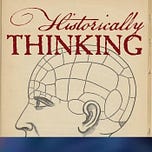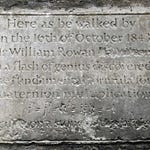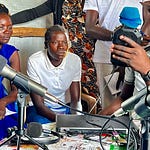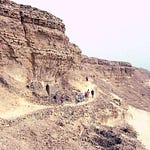Originally published on July 29, 2015 (Episode 23)
Introduction
The Civil War left 750,000 dead and tens of thousands wounded, many with amputations. For the first time, American cities like Atlanta, Columbia, Charleston, and Richmond lay in ruins. Yet the war’s destruction was uneven: parts of Richmond survived, Gettysburg was largely intact, and forests regenerated.
Megan Kate Nelson’s Ruin Nation: Destruction and the American Civil War (University of Georgia Press, 2012) examines how Americans experienced and remembered ruin—on cities, landscapes, and bodies—and why the traces of devastation quickly faded, even as cultural memory of destruction grew.
About the Guest
Megan Kate Nelson is a historian and author of many books, including Trembling Earth: A Cultural History of the Okefenokee Swamp (University of Georgia Press, 2009) and Ruin Nation: Destruction and the American Civil War (University of Georgia Press, 2012)
For Further Investigation
Megan Kate Nelson, Trembling Earth: A Cultural History of the Okefenokee Swamp (University of Georgia Press, 2009)
—, Ruin Nation: Destruction and the American Civil War (University of Georgia Press, 2012)
David W. Blight, Race and Reunion: The Civil War in American Memory (Harvard, 2002)
Drew Gilpin Faust, This Republic of Suffering: Death and the American Civil War (Knopf, 2009)
Mark Grimsley, The Hard Hand of War: Union Military Policy Toward Southern Civilians, 1861-1865 (Cambridge, 1997)
Harry Stout, Upon the Altar of the Nation: A Moral History of the Civil War (Penguin, 2007)
💬 Listen & Discuss
Why do we remember the Civil War as more destructive than it was in certain places? What role does memory play in shaping how we see ruins and recovery? Share this podcast with someone you know who thinks about the American Civil War every day.











